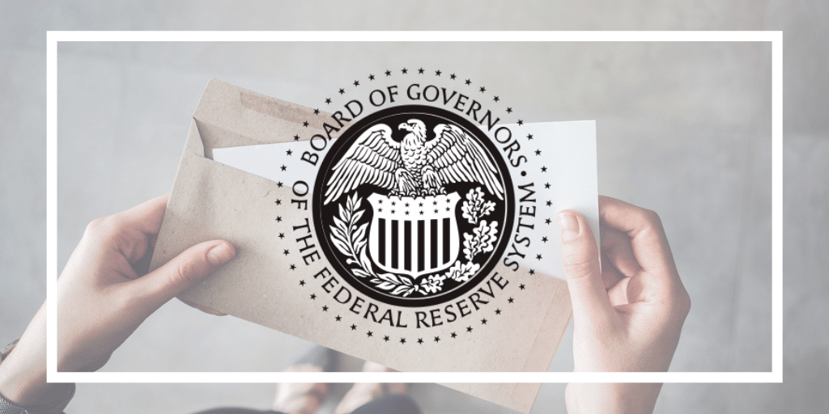
The Federal Reserve recently released its annual report on debit card interchange fees and, to the untrained eye, the results are thoroughly unremarkable. The Fed has tracked this data annually since the Durbin Amendment took effect in late 2011, as a means of deciphering the interchange landscape.
Following a visible jolt to the trend line in 2012 reflecting Durbin’s targeted intent, the Fed’s charts have remained quite stable. Beneath the surface, however, factors like volume mix shifts, pricing differences between network providers, and newly added detail on certain transaction types reveal a wealth of information that can be used for card portfolio optimization.
Under $10 Billion? You’re Talking Real Money
As a reminder, the Durbin Amendment draws a bright line at the $10 billion asset mark. Debit transactions on cards issued by financial institutions above this threshold are “covered” by the amendment; the remainder are labeled “exempt.” Nearly 63 percent of debit transactions were covered in 2018 – a striking reflection of industry consolidation given that roughly 130 U.S. institutions (including seven credit unions) have reached the $10 billion milestone. This leaves more than 10,000 smaller banks and credit unions fending for the remaining 37 percent of transactions.
For those exempt institutions, average interchange on a dual-message transaction has crept slightly upward. It now stands at 54 cents – up from 50 cents in 2014 – in part because average ticket size has grown as well. By contrast, single-message transactions have ticked marginally downward, and at 25 cents now stand a little more than a penny above exempt transactions.
At volume, these mere pennies quickly add up; while this may sound like splitting hairs, there are also rate differences between network providers (tracked by the Fed as well) to consider. It’s common for community banks and credit unions to generate more than 300,000 monthly debit transactions. A mere 4 cent difference translates to nearly $150,000 annually, enough to fund several FTEs or a critical strategic initiative. The numbers only go up from there.
Getting the Message (Single or Dual)
For the first time, the Fed has shed light on a growing trend by breaking out volumes for PAVD: PIN Authenticated Visa Debit. These are PIN transactions processed over Visa’s signature rails, which, according to the Fed, carry significantly lower interchange relative to other dual-message activity. If we assume this category is growing (a historical breakout is unavailable), it could imply the interchange for “true” dual-message debit is increasing at a faster rate than is visible on the surface, though this is impossible to verify with the current data. It’ll be interesting to see if the Fed eventually follows suit and separates PIN network volumes processing as dual-message transactions. (Our apologies for geeking out on the details, but it illustrates the importance of wading into the weeds on this topic – something SRM has been doing for years.)
Check out last year’s response to the 2017 data.
A fundamental challenge facing issuers, of course, is that it’s the merchants who control routing decisions. These are sophisticated players who continually refine their strategies to minimize acceptance costs. This does not mean issuers are powerless to control their P&Ls, however. Carefully evaluating network fee structures, participation options and cardholder incentive programs have proven effective at moving the needle. Such strategies must be tailored to an issuer’s unique characteristics including geography, average ticket sizes and sector concentrations.
The Bottom Line: Cost certainty is also important, and this component of the Fed’s study only addresses the revenue side of the equation. It’s not simply a matter of shopping for the highest interchange network provider on the Fed’s chart and calling it a day. Many factors will contribute to the interchange an issuer receives and, in this regard, the Fed’s study is directional at best. The underlying transaction economic structures can vary by merchant, geography, transaction type and cardholder verification method, for instance.
A few lucky banks and credit unions are blessed to have a stone cold interchange expert on staff. For the vast majority, though, it’s valuable to have a seasoned advisor to help navigate a critical decision that will impact your financial institution’s financials – both today and for the next five to 10 years to come.



